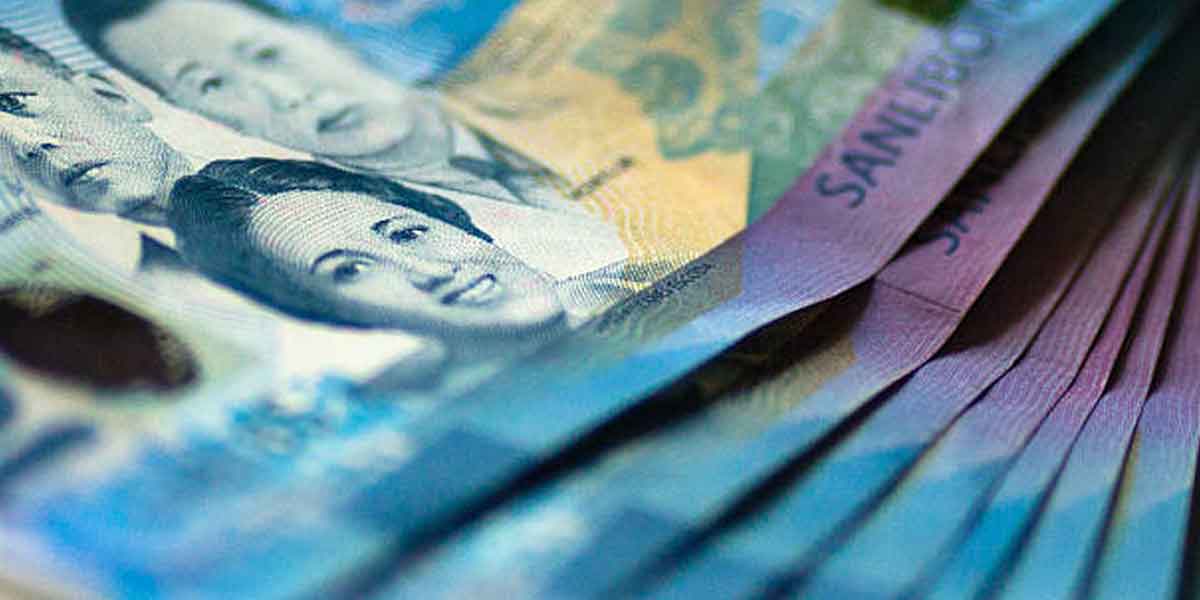Western Visayas, with its PHP 533-billion deposit base as of mid-2024, holds immense financial potential that remains underutilized.
The region’s loans-to-deposit ratio (LDR) of 27% signals a cautious lending environment as it leaves much of this liquidity idle.
Banks function on a model where deposits, considered liabilities, are reinvested to generate income. Depositors earn interest on their savings, while banks profit from higher interest rates charged on loans.
In regions like Western Visayas, low reinvestment through loans stunts economic growth and diminishes bank profitability.
Bangko Sentral ng Pilipinas (BSP) data reveals that 93% of deposits in the region are held by universal and commercial banks. Despite these substantial resources, only PHP 146 billion is loaned out, indicating a gap between potential and practice.
If deposits are not invested locally, BSP warns that these funds could flow out, benefiting other regions instead.
The issue stems, in part, from the tedious and restrictive nature of bank lending processes. Cumbersome requirements and lengthy evaluations often discourage potential borrowers, particularly micro, small, and medium enterprises (MSMEs).
MSMEs, which form the backbone of local economies, find it challenging to access capital under these rigid terms.
Banks can address this by adopting more flexible lending policies tailored to the needs of smaller enterprises. Simplified loan application processes and collateral alternatives can help unlock MSMEs’ potential to contribute to economic growth.
Examples from other areas show how banks and conglomerates contribute to regional development through public-private partnerships (PPPs).
In Metro Manila, market redevelopment projects co-financed by banks have revitalized local economies and improved livelihoods. In Iloilo City, similar partnerships could finance transformative projects such as modernized public markets or green housing initiatives.
The region’s economic growth, fueled by a 7.2% rise in Gross Regional Domestic Product in 2023, provides fertile ground for such investments.
Sectors like business process outsourcing (BPO) and tourism already contribute significantly to the regional economy.
Strengthening these sectors with targeted financial support could further solidify the region’s growth trajectory.
BSP Visayas’ Economic Affairs Staff Head Gregorio Baccay III rightly called for policies encouraging MSMEs to access loan products.
Such initiatives not only uplift small businesses but also ensure deposits are effectively reinvested locally.
Non-bank financial institutions (NBFIs) also play a role in filling gaps for underserved communities, but banks remain key drivers of broad economic change.
Digital banking infrastructure, such as Iloilo’s 428 ATMs, supports banking services but must be matched with robust loan activity.
Local governments can collaborate with banks to identify high-impact investment opportunities in infrastructure, agriculture, and tourism.
By addressing the low LDR and simplifying lending processes, Western Visayas can harness its financial resources to sustain its upward economic trajectory. Banks must embrace their role as economic enablers, turning dormant deposits into engines of growth.





















